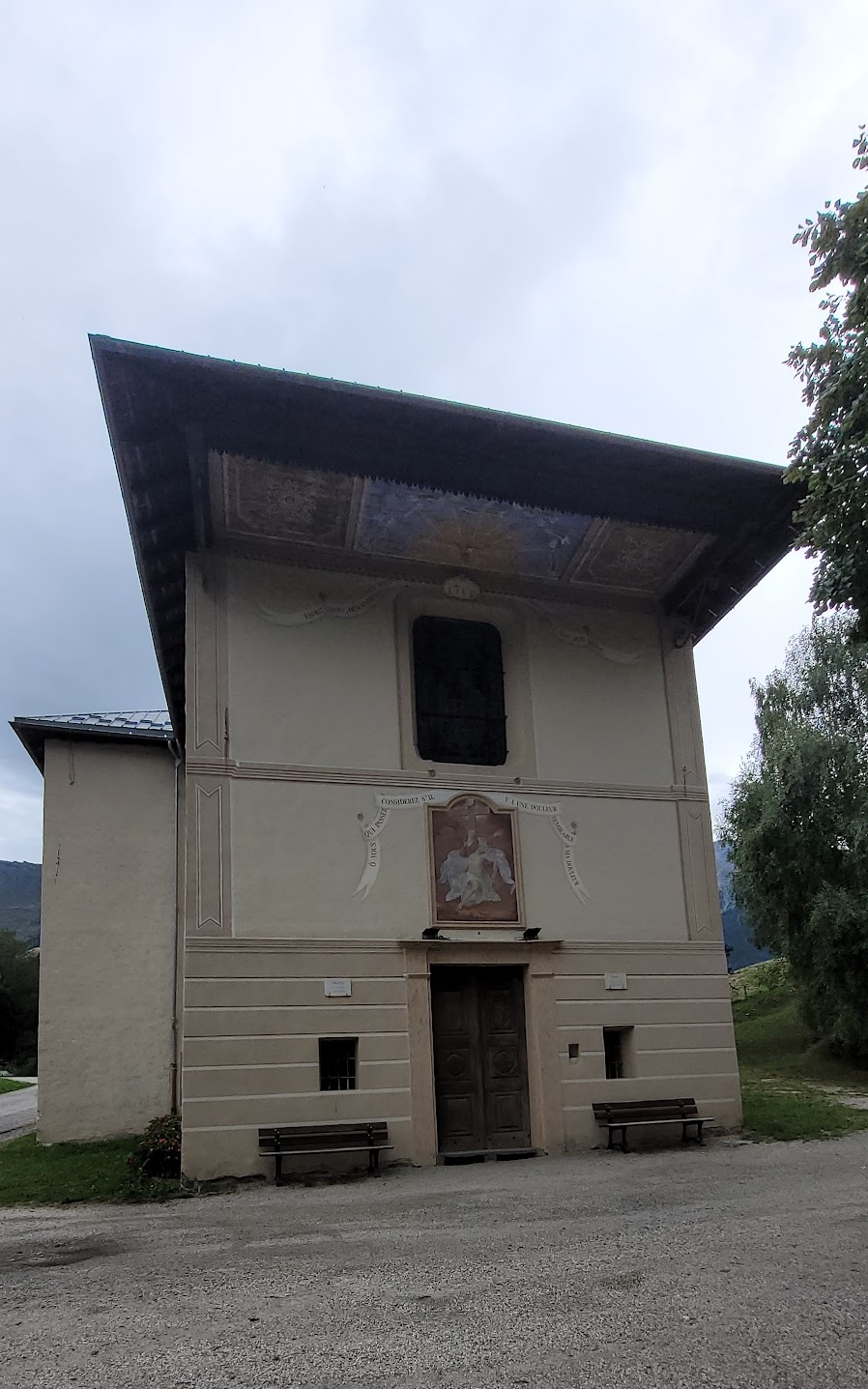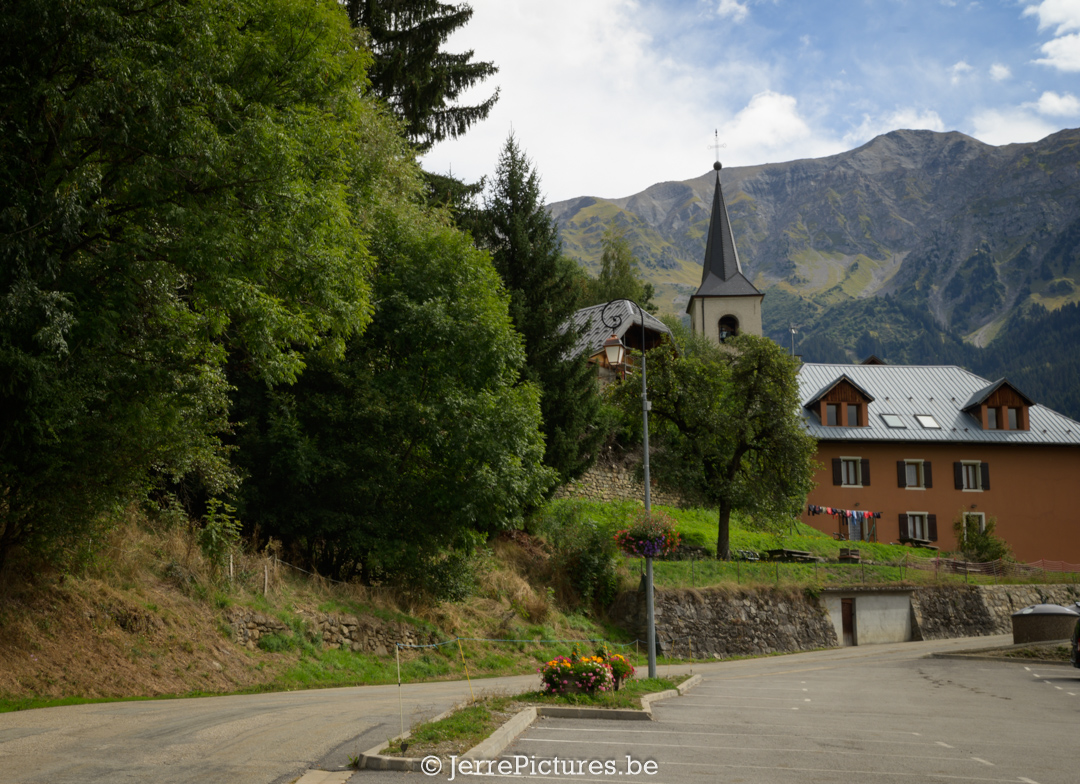As I embarked on my journey towards Col du Parpaillon, an exciting anticipation filled the air. Traveling along the picturesque D99 route, I stumbled upon the charming village of Montaimont. Despite the calendar marking the end of September, the weather graciously lingered around a comfortable 26°C, adding a delightful layer of pleasure to the adventure. While menacing bad weather loomed over the Alps, Montaimont remained an oasis of serenity, allowing us to cherish every moment of this path to Col du Parpaillon.
Nestled in the French Alps, Montaimont is a quaint village situated within the ski area of Saint-François-Longchamp. Located in the Savoie department in the Auvergne-Rhône-Alpes region, this village holds a particular charm and allure for visitors seeking a serene Alpine experience.
A nerdy deep dive into route D99
The D99 road, winding its way through this region, serves as a lifeline connecting several neighboring villages, including the idyllic Montaimont. This road not only facilitates transportation but, as I understood and read, also acts as a link for tourists, skiers, and the local populace, providing access to nearby ski resorts, attractions, and essential amenities. Honestly, when we were there, there was hardly any traffic. I reckon more stray cyclists passed through the village per day than cars traversing its lanes.
I can envision Saint-François-Longchamp, the hub of winter enthusiasts, offering numerous opportunities for skiing and snowboarding during the colder months. This is notably evident in the infrastructure as you drive through. It seems tailored for a beautiful winter vacation that isn’t overly crowded. In summer, it’s an ideal retreat for hikers, nature enthusiasts, and especially cyclists who revel in a mountain holiday. With its stunning landscapes, majestic mountains, and an array of outdoor activities, it makes for an appealing destination all year round.
One of the gems in the region is the Chapelle Notre-Dame de Beaurevers, located near Montaimont in the heart of the French Alps. This chapel stands as a testament to its historical and religious significance within the local community.
t is said that the chapel was built at the request of the Virgin Mary, with materials seemingly appearing at the site in a mystical manner. Originally established in 1628, it was relocated and rebuilt between 1766 and 1768. Since 1761, it has served as a sanctuary attracting numerous faithful followers.
The new chapel, grand and church-like in size, welcomes pilgrims with a Pieta and a poignant inscription: “O you who pass by, consider if there is any pain like my pain.” Inside, intricate trompe-l’oeil decorations, crafted by 19th-century Italian painters, adorn the walls. The rich iconographic program inside the dome narrates eight episodes from the life of the Virgin Mary. The baroque altarpiece, renovated by the Gilardi brothers in 1881, stands as a majestic centerpiece on the main altar.

The Chapelle Notre-Dame de Beaurevers, a sacred pilgrimage site revered by the local population, might hold the key to understanding the cultural, religious, and historical depth of this remote mountainous region.
ALPINE CHEF: COOKING UP A STORM IN THE FRENCH ALPS!! 🏔️🍳😂
la désalpe?
Bringing cows down from the Alpine pastures to lower areas, also known as “descente des alpages” or “la désalpe” in French, is a traditional event that takes place at the end of summer, usually in September. This is a significant happening in the Alpine regions, where farmers bring their cows from the high Alpine meadows down to the valleys before the onset of winter. However, it’s not a traditional exodus here!
During this event, the cows are beautifully adorned with flowers, bells, and colorful decorations. There are often festivities, markets, and cultural celebrations in honor of the “désalpe,” where people come together to celebrate the cows’ return and experience local traditions. It’s a valuable celebration of Alpine farming culture and a spectacular way to mark the end of the grazing season.

